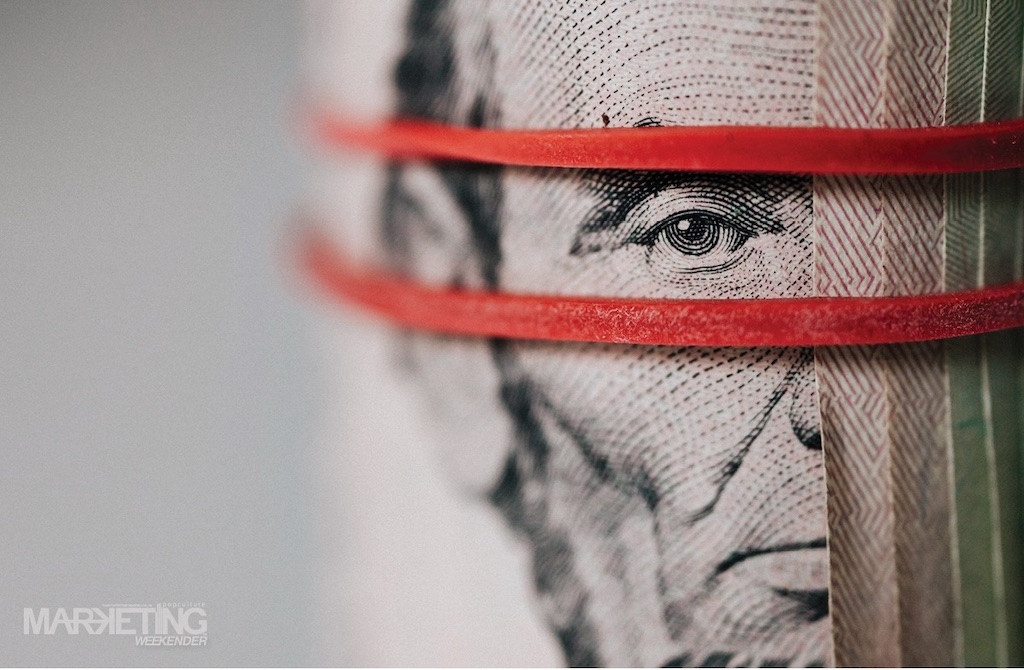By Chris Jaques CEO at Transformation: The Growth Business
The news didn’t grab many headlines. But it was important.
By the end of April, the world’s major FMCG companies had all reported excellent financial results – in spite of the global slowdown and a cost-of-living crisis.
And – amazingly – they delivered strong profits despite the fact that all of them suffered a decline in volume sales.
Let’s look at how they did it.
How to increase profits in a slowdown.
Each of these companies grew their profits the same way:
They increased their prices.
A lot. In a downturn.
This could be a recipe for financial disaster. But – for all these companies – it worked.
Why?
Because each of them had analysed their data. They’d calculated the increase in margin versus the likely impact on volume sales. And they knew it would work.
In short: these guys understood their Price Elasticity.
A few examples:
Nestlé (Q1 2023) put up prices +9.8% and lost only -0.5% in volume.
Unilever (FY2022) increased prices +11% and lost just -2% volume.
Kimberly Clark (Q1 2023) increased prices +10% and lost -5% in volume sales.
PepsiCo (Q1 2023) increased prices by a massive +16%, but only lost -2% volume.
And many other companies – from P&G to McDonalds – did the same thing.
They carefully calculated how much they could increase their prices in order to maximise margin without destroying their volume sales.
Have you?
How much can you increase your price?
Have you calculated your precise Price Elasticity? Do you know exactly how much you can increase your price in order to maximise your profit?
If you haven’t, here’s how to do it:
Select comparative data across different price points. Compare the price difference and the volume difference. Then conduct a simple calculation:
% Change in Volume Sales divided by % Change in Price = Price Elasticity
For example: if a 10% price cut leads to a sales increase of 20% your elasticity is 20/10= -2.
Factor in your margin, and you can calculate the financial impact of every pricing decision you make.

Some Benchmarks.
It’s not as simple as that, of course.
Price Elasticity can differ by time, category, sector, geography, channel, brand, unit and competitive context.
But categories tend to follow similar elasticities – for example, on average:
FMCG brands have a Price Elasticity between -2.5 to -4.0
Durables have greater elasticity: around -3.5 to -5.5
Luxury Goods can have inverse elasticity: demand can actually increase when prices go up (The Veblen Effect).
Basic Staples (rice, bread etc) can also have inverse elasticity, because poorer consumers increase consumption in inflationary environments (The Giffen Effect).
So – what about yours? Do you know your Price Elasticity?
Why it matters.
2023 is going to be a tough year – and your company’s price maximisation will be critical.
What’s more, your price point ultimately shapes every aspect of marketing: budgets, channel strategy, media, brand, promotions, communications, creative – everything.
Now more than ever, your price will determine both marketing effectiveness – and business results.
This article was first published on MARKETING Weekender
MARKETING Magazine is not responsible for the content of external sites.









